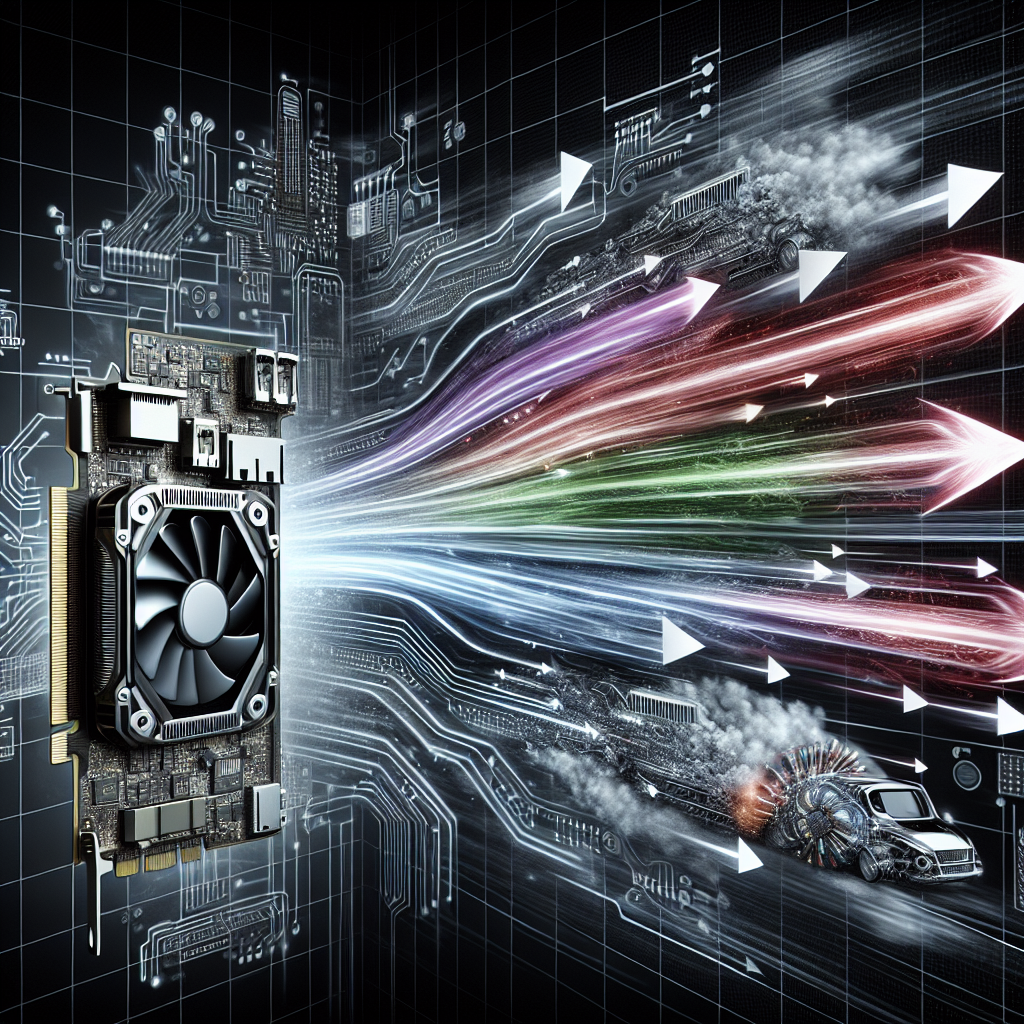GPU Acceleration: Boosting Performance in High-performance Computing Workloads
In the world of high-performance computing (HPC), speed and efficiency are paramount. As data sets grow larger and more complex, traditional CPU-based computing systems are often unable to keep up with the demand for processing power. This is where GPU acceleration comes into play, offering a powerful solution for boosting performance in HPC workloads.
GPU acceleration involves using graphics processing units (GPUs) to offload compute-intensive tasks from the CPU, allowing for faster and more efficient processing of data. GPUs are designed to handle parallel processing tasks, making them ideal for handling the massive amounts of data involved in HPC workloads.
One of the key benefits of GPU acceleration is its ability to dramatically increase the speed of data processing. GPUs are capable of processing thousands of threads simultaneously, compared to the limited number of threads that a CPU can handle. This parallel processing capability allows for faster data analysis and modeling, resulting in significantly reduced processing times for complex HPC workloads.
In addition to speed, GPU acceleration also offers improved performance and efficiency in HPC workloads. By offloading compute-intensive tasks to the GPU, the CPU is freed up to handle other tasks, leading to more efficient use of system resources. This can result in cost savings for organizations, as they can achieve the same level of performance with fewer resources.
GPU acceleration is particularly beneficial for workloads that involve tasks such as machine learning, data analytics, and scientific simulations. These types of workloads require massive amounts of data processing and can benefit greatly from the parallel processing power of GPUs. By using GPUs to accelerate these tasks, organizations can achieve faster results and gain valuable insights from their data more quickly.
Overall, GPU acceleration is a powerful tool for boosting performance in high-performance computing workloads. By harnessing the parallel processing power of GPUs, organizations can achieve faster processing times, improved performance, and greater efficiency in handling complex data sets. As HPC workloads continue to grow in size and complexity, GPU acceleration will become an essential tool for organizations looking to stay ahead of the curve in the world of high-performance computing.


